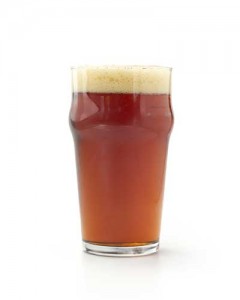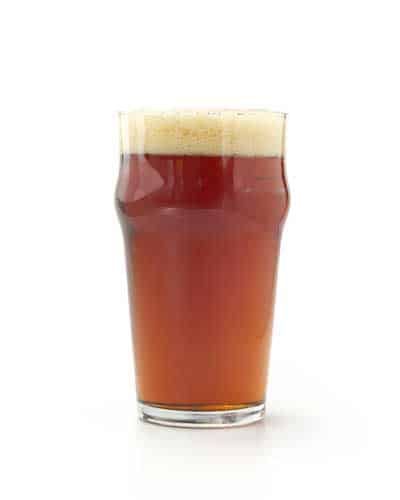 Final gravity is the measurement of how many solids are suspended in your beer after fermentation. Original gravity, the specific gravity before you ferment, is used with the final gravity to determine how much alcohol the beer has in it. These measurements are taken with a hydrometer. If you do not have a hydrometer, I highly recommend getting one and start to measure the specific gravity of your beer. Even as a beginning brewer, measuring gravity is important to brewing great beer.
Final gravity is the measurement of how many solids are suspended in your beer after fermentation. Original gravity, the specific gravity before you ferment, is used with the final gravity to determine how much alcohol the beer has in it. These measurements are taken with a hydrometer. If you do not have a hydrometer, I highly recommend getting one and start to measure the specific gravity of your beer. Even as a beginning brewer, measuring gravity is important to brewing great beer.
Most recipes will specify exactly what your original and final gravity are supposed to be. Many brewers hit the original gravity easily but then have trouble reaching their final gravity. If this happens to you, it most likely means one of two things. Either you are fermenting in temperatures that are too low for the beer you’re trying to brew, or you didn’t use enough yeast.
Fermenting at temperatures that are too low is a problem easily fixed. You are probably fermenting in a place where the temperature drops at night, or is simply always too cold. Get a good thermometer and measure the ambient air temperature, as well as the temperature of your fermenting beer. (Make sure to sterilize a thermometer before putting it into your fermenting beer.) You need to ferment most beer at 68-72 degrees. The recipe you are using should specify the exact temperature at which you should be fermenting your beer.
To raise the fermentation temperature, bring your beer in a temperature-stable room of your house, or get a used fridge that will keep a stable temperature. Make sure that when you’re raising the temperature, you don’t raise it too much as this can cause off-flavors in your beer.
Not using enough yeast is probably an even more common problem than fermenting at low temperatures. Most yeast packets have about one-half to two-thirds of the yeast cells you should be pitching into your beer. To fix this, you can buy two packets of yeast instead of one, or you can make a starter. Making a starter is actually very easy and something I highly recommend. See our article on creating a yeast starter for more details.
If you find that you didn’t reach the desired final gravity, your beer is probably not ruined. Taste it. You probably still have good beer; it just might be a little sweeter and a little less alcoholic than you wanted. Make sure you figure out why it didn’t reach final gravity before you move on and brew another. In brewing mistakes are great! If you don’t make mistakes, then you’re not really learning. Just don’t make the same mistake twice.

